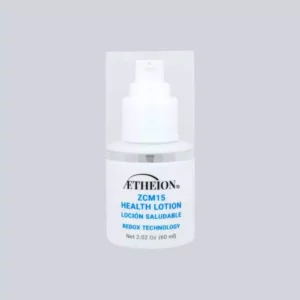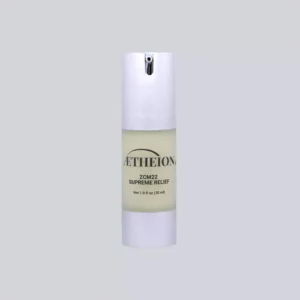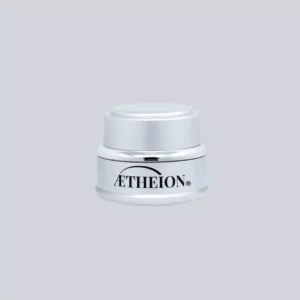Clogged Pores: 4 Easy Ways to Get Rid of Them
Table of Contents
If you’ve ever wondered why your complexion sometimes looks dull or uneven, one common culprit could be clogged pores. When dirt, dead skin cells, and excess sebum accumulate, it becomes challenging to achieve a healthy-looking glow. The good news? There are effective steps you can take to restore and maintain your skin’s vitality—without going to extremes.
This guide is designed to help you understand what clogged pores actually are, why they occur, and how you can address them. Along the way, we’ll explore both everyday skincare tips and some lesser-known remedies. Always remember: If you have severe or persistent skin issues, consult a healthcare professional for personalized advice.
Defining Clogged Pores

The Basics of Pores
Our skin contains tiny openings called pores—channels that allow natural oils (sebum) to reach the surface, keeping it moisturized. Sometimes, these openings can become blocked by oil, dead cells, makeup residue, or environmental particles. When this happens, you end up with clogged pores that can look enlarged or develop into bumps and blemishes.
What Causes Them to Block?
Clogged pores can develop for a variety of reasons:
- Excess Sebum: Overproduction of oil can lead to buildup.
- Dead Skin Cells: The surface layer of skin continually sheds cells; if not properly cleared, these can trap oil within pores.
- External Debris: Dirt, makeup, and pollution particles may become lodged in pores, making them appear more prominent.
Understanding Why You Have Clogged Pores
Genetic Factors
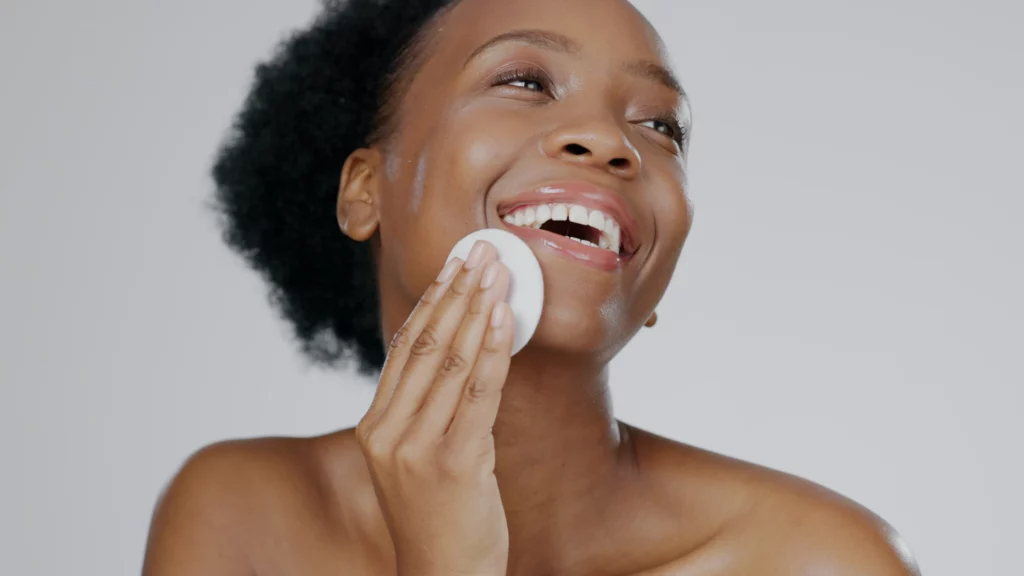
Genes can influence your tendency toward certain skin conditions, including acne and oily skin. While you can’t change your DNA, a consistent skincare routine may keep these issues under control.
Comedogenic Products
The term “comedogenic” describes products that are more likely to clog your pores. It’s closely related to “comedones,” which are skin imperfections like blackheads and whiteheads. If your skincare or makeup contains highly comedogenic ingredients—such as certain heavy oils—it can contribute to clogged pores. Always check product labels, especially for sunscreen, makeup, and lotions, to see if they’re labeled “non-comedogenic.”
Skin Elasticity and Aging
Skin elasticity tends to decrease over time, making pores appear larger. Larger pores have a greater surface area in which oil and dead cells can collect, leading to clogs. Additionally, hormonal shifts with age can alter the rate at which the skin produces oil, further impacting the visibility and frequency of clogged pores.
Sebum Production
Sebum, the skin’s natural oil, plays an important protective role. However, factors like stress, hormonal imbalances, genetics, and lifestyle can cause sebaceous glands to produce more oil than normal. If your face tends to appear shiny shortly after cleansing, excess sebum might be increasing your risk of clogged pores.
Ethnic Background
Some research suggests that pore size and density can vary among different ethnic groups. For instance, studies indicate that certain populations naturally exhibit smaller pore sizes than others. This is by no means a rule for every individual, but it highlights how a range of genetic and environmental factors can determine overall skin appearance.
Common Skin Issues Linked to Clogged Pores
When pores become blocked, you may notice different types of blemishes:
- Whiteheads: Closed pores that appear as small bumps with a white center.
- Blackheads: Open pores where oil and dead skin cells undergo a chemical reaction with oxygen, causing a dark appearance.
- Pimples and Pustules: Inflamed pores filled with bacteria, oil, and dead skin. They often look red and swollen, sometimes with a pus-filled center.
- Nodules and Cysts: More severe forms of acne developing beneath the skin, often causing pain and inflammation. Cysts contain pus, while nodules are more solid. Left unaddressed, these can lead to scarring.
Effective Ways to Tackle Clogged Pores
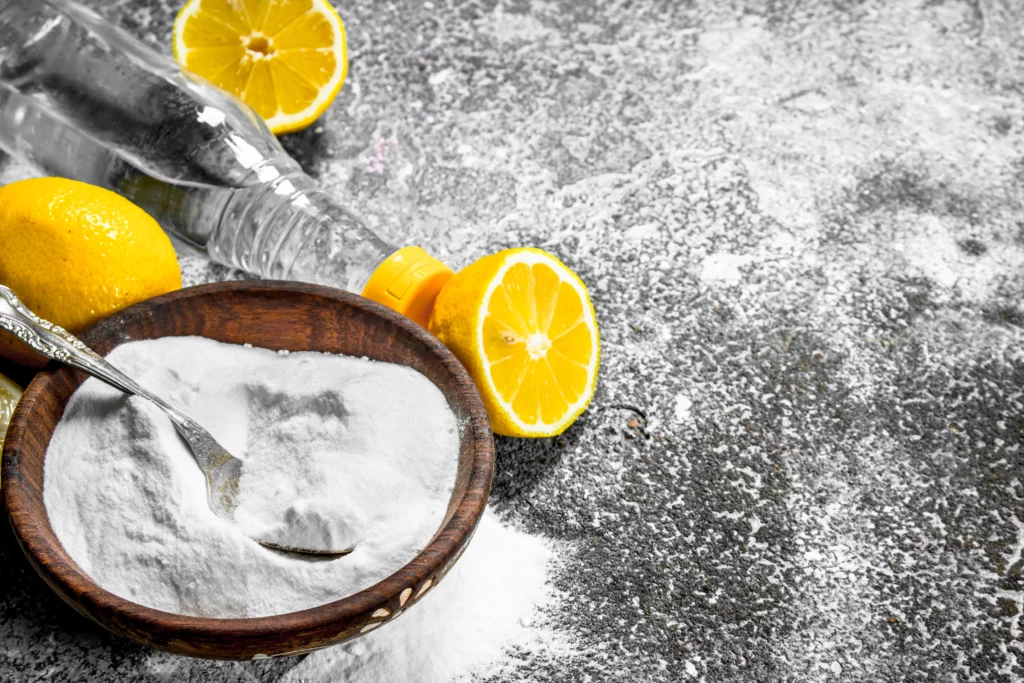
Now that we’ve looked at the causes, let’s explore practical ways to get rid of clogged pores—or at least manage them effectively.
Choose Non-Comedogenic Products
Start by selecting skincare and makeup items specifically labeled “non-comedogenic,” meaning they are designed not to block pores. These products typically contain lightweight ingredients that absorb more easily, thereby minimizing buildup.
Hands Off the Face
Picking at pimples or attempting to forcibly remove blackheads can irritate the skin further, spread bacteria, and lead to scarring or additional breakouts. If you do find yourself needing to extract a pimple or blackhead, always use clean tools—like sterilized extraction devices or cotton swabs—to reduce the risk of infection.
Gentle Cleansing Habits
A consistent cleansing routine is vital:
- Frequency: Wash your face twice a day—morning and night—to remove makeup, oil, and other debris.
- Method: Use a gentle, pH-balanced cleanser. Harsh soaps can strip natural oils, prompting the skin to produce even more sebum.
- Timing: Never go to sleep with makeup on; it can settle into pores overnight, creating an ideal environment for clogs.
Exfoliation to Unclog and Refine
Exfoliating helps slough off dead skin cells from the surface, preventing them from plugging pores. Various methods include:
- Physical Exfoliants: Scrubs or tools that manually buff away dead skin (e.g., coffee grounds). Be cautious to avoid overly abrasive exfoliants, especially on sensitive skin.
- Chemical Exfoliants: Products containing alpha hydroxy acids (AHAs) or beta hydroxy acids (BHAs), which dissolve the bonds between dead cells and the skin, allowing them to wash away more easily.
Natural Remedies for Exfoliation
Many people explore homemade solutions, though it’s crucial to use caution:
- Baking Soda: You can mix a small amount with water to create a gentle scrub. Be aware that frequent use may dry or irritate the skin.
- Apple Cider Vinegar: Some individuals dilute it with water or rosemary water and apply it topically. It’s highly acidic, so patch-test first.
- Lemon: Rubbing a sliced lemon on the skin can feel refreshing, but it also might be irritating, especially for those with sensitivities.
- Coffee Grounds: If finely milled, these can serve as a mild scrub for the face and body. Combining them with coconut oil can provide a smoother texture.
Disclaimer: Natural remedies can still be harsh. If you have sensitive skin or any ongoing dermatological issues, always consult a healthcare professional for personalized advice before trying new methods.
Retinol (Vitamin A)
Retinol is widely praised for its ability to help with fine lines, uneven texture, and pore visibility. By speeding up cell turnover, it can diminish the chance for pores to become clogged. If you’re new to retinol:
Start Slow: Use a lower concentration first to test how your skin reacts.
Follow Instructions: Retinol can cause dryness or irritation initially, so always follow the product guidelines.
Additional Treatments for Stubborn Pores
Even with a great routine, some cases of clogged pores require extra help.
- Pore Strips: Adhesive strips applied to the nose or other areas to pull out debris. They offer a quick fix but are not always a long-term solution.
- Extractions: Professional estheticians or dermatologists use specialized tools to remove blackheads and whiteheads safely.
- Microdermabrasion: A non-invasive procedure that gently sands away the outer layer of skin, promoting cell renewal and helping reduce the appearance of enlarged pores.
- Hyaluronic Acid Treatments: Injections of hyaluronic acid may temporarily lessen pore size and improve hydration. However, consult a licensed professional for guidance, as side effects can occur.
Prevention: Keeping Pores Happy and Clear
Daily Cleansing and Moisturizing
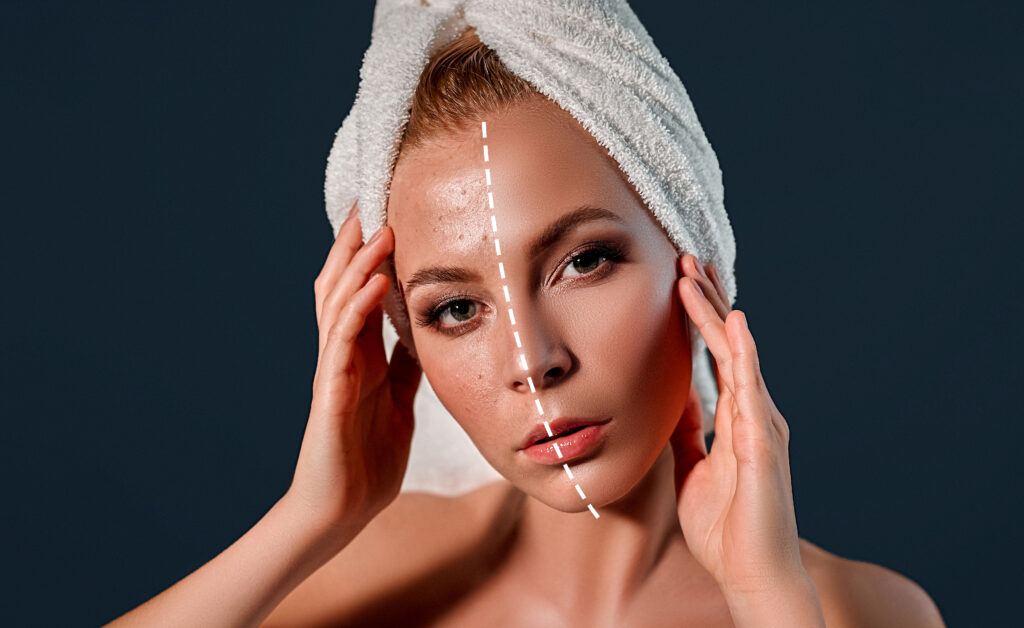
One of the most effective strategies is consistency. A regular routine of gentle cleansing and proper moisturizing supports the skin’s protective barrier and helps avert the buildup of oils and debris.
Non-Comedogenic Product Labels
Keep a sharp eye on ingredient lists. Many formulas now boast a “non-comedogenic” label, ensuring they won’t exacerbate clogged pores. This applies to foundations, sunscreens, lotions, and even some shampoos and conditioners (as residue can come into contact with your face).
Lifestyle Adjustments
Don’t underestimate the power of lifestyle in preventing clogged pores:
- Balanced Diet: A nutrient-dense meal plan can positively influence oil production and overall skin health.
- Hydration: Drinking enough water throughout the day can help keep your skin balanced.
- Stress Management: High stress can disrupt hormone levels, leading to an increase in sebum production. Incorporate breathing exercises, meditation, or regular exercise to keep stress at bay.
Taking a Closer Look at Skincare Routines
Simplify First
It’s tempting to buy every new skincare product that promises to unclog pores, but sometimes it’s best to start with the basics—cleanser, moisturizer, and sunscreen. Introduce additional items (like toners or serums) one at a time. This helps you identify what works and what might cause unwanted reactions.
Customize for Your Skin Type
Everyone’s skin is different:
- Oily Skin: Light, oil-free products that include salicylic acid may help keep pores clear.
- Dry Skin: Use creamier cleansers and rich moisturizers to maintain hydration while preventing dead skin buildup.
- Sensitive Skin: Test new items carefully; avoid harsh physical scrubs and potentially irritating ingredients like strong acids or artificial fragrances.
Stay Consistent
Even the most scientifically advanced products need consistent use to yield results. You may not see major changes overnight, but a stable routine over several weeks or months generally leads to clearer skin and fewer clogged pores.
Medical Disclaimer: While a regular skincare routine significantly contributes to maintaining healthy skin, always consult a healthcare professional if you have chronic or severe issues such as recurring cystic acne or skin conditions like eczema or psoriasis.
Adapting Home Remedies Wisely
The internet is full of home remedies claiming to fix clogged pores instantly. Although some people find success with items like baking soda or apple cider vinegar, these can also irritate or dry out skin if misused. Remember:
- Patch Testing: Apply a small amount of any new mixture to your forearm or behind your ear before using it on your face.
- Moderation: Using harsh ingredients too often can disrupt the skin’s protective barrier, leading to dryness, redness, or more breakouts.
- Professional Opinions: When in doubt, ask a qualified dermatologist for recommendations tailored to your skin concerns.
The Role of a Balanced Lifestyle
Healthy Eating for Skin Health
Foods rich in vitamins, antioxidants, and healthy fats (like avocado, salmon, berries, and leafy greens) can promote clearer, more resilient skin. Conversely, high-glycemic foods—such as sugary snacks and white bread—might trigger an increase in sebum production and possibly more clogged pores.
Physical Activity and Sweating
Regular exercise enhances blood flow, delivering nutrients throughout the body and helping remove toxins. Sweating also encourages your pores to flush out some impurities. However, be sure to cleanse soon after a workout to avoid letting sweat dry on your skin, which can contribute to pore blockage.
Mental Health and Stress
Emotional stress can disrupt hormonal balance, often manifesting in the skin. Techniques like yoga, deep breathing, or mindfulness can help lower stress levels. When you’re feeling calmer, your body and skin often function more optimally, reducing the likelihood of breakouts tied to clogged pores.
Recap: What’s the Bigger Picture?
Clearing clogged pores isn’t just about one single product or a single lifestyle change. It’s a combination of:
- Skincare Choices: Using non-comedogenic and high-quality products.
- Routine Consistency: Sticking to regular cleansing, moisturizing, and exfoliation.
- Lifestyle Factors: Managing stress, maintaining a balanced diet, and getting quality rest.
- Professional Guidance: Consulting dermatologists or other healthcare professionals when issues persist.
Even with all these strategies, perfection might be unrealistic. Skin can be affected by hormonal cycles, environmental factors, and simple genetics. Accepting that occasional blemishes are normal can help you maintain a healthier relationship with your skin.
Elevate Your Skincare with AETHEION®
For those looking to enhance their regimen, AETHEION® offers formulations crafted to help defend the skin against environmental stressors while promoting a clear, youthful look. One standout product is AETHEION® ZCM15 Facial Serum, designed to cleanse your face and reduce exposure to harmful free radicals.
How AETHEION® Works
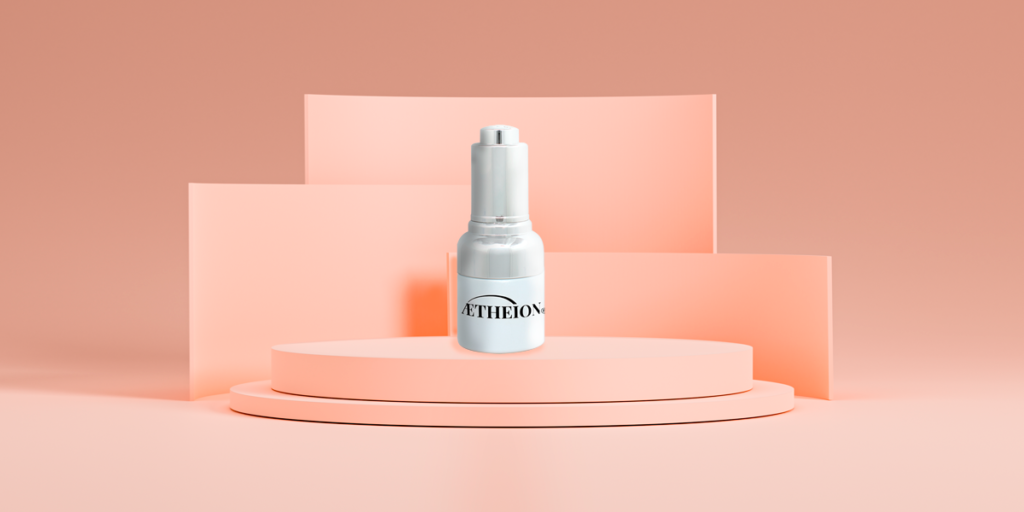
AETHEION®’s proprietary Redox Technology focuses on balancing and neutralizing potentially harmful agents on the skin. In Aetheion® ZCM15 Facial Serum, zinc and copper superoxide dismutase team up with calendula extract and silver to help:
- Balance the lipid barrier, reducing the excess oils that can plug pores.
- Remove toxins, potentially lowering the chances of developing clogged pores over time.
- Nourish the skin with antioxidants, supporting a smooth and more radiant complexion.
Always consult a healthcare professional if you have specific concerns or persistent skin conditions. Personalized advice ensures that you’re getting the right treatment for your unique skin type and health background.
Final Thoughts: Embrace Ongoing Learning and Care
Achieving and maintaining a complexion free of clogged pores often involves a multifaceted approach. Alongside adopting non-comedogenic products and effective exfoliation methods, you may benefit from moderating stress levels and practicing healthy lifestyle habits. Skincare is a continuous learning process, and your skin’s needs can change with the seasons, your diet, and even your mood.
The payoff, however, is well worth it—clearer, healthier-looking skin that helps you feel confident each day. Whether you’re exploring gentle homemade scrubs or incorporating advanced formulas like AETHEION® ZCM15, keep the bigger picture in mind: Long-term success usually comes down to balance, consistency, and understanding your skin’s ever-evolving requirements.
For an added boost in your journey, consider introducing AETHEION® to your routine. Its specialized Mineral Redox Technology might just offer the extra edge you’ve been seeking in protecting your skin from daily stressors and minimizing the risk of clogged pores.
Health Disclaimer: The content provided here is intended for informational purposes only and should not replace professional medical advice. Always consult a healthcare professional for personalized guidance, especially if you’re experiencing persistent or severe skin issues.
Clear, vibrant skin is a work in progress—one that calls for daily dedication, smart product choices, and a willingness to adapt. Whether it’s by embracing a nutrient-rich diet, trying a new exfoliation technique, or upgrading your skincare line with products like AETHEION®, you have the power to make choices that support a confident, healthy glow. Here’s to brighter days ahead—literally and figuratively.



